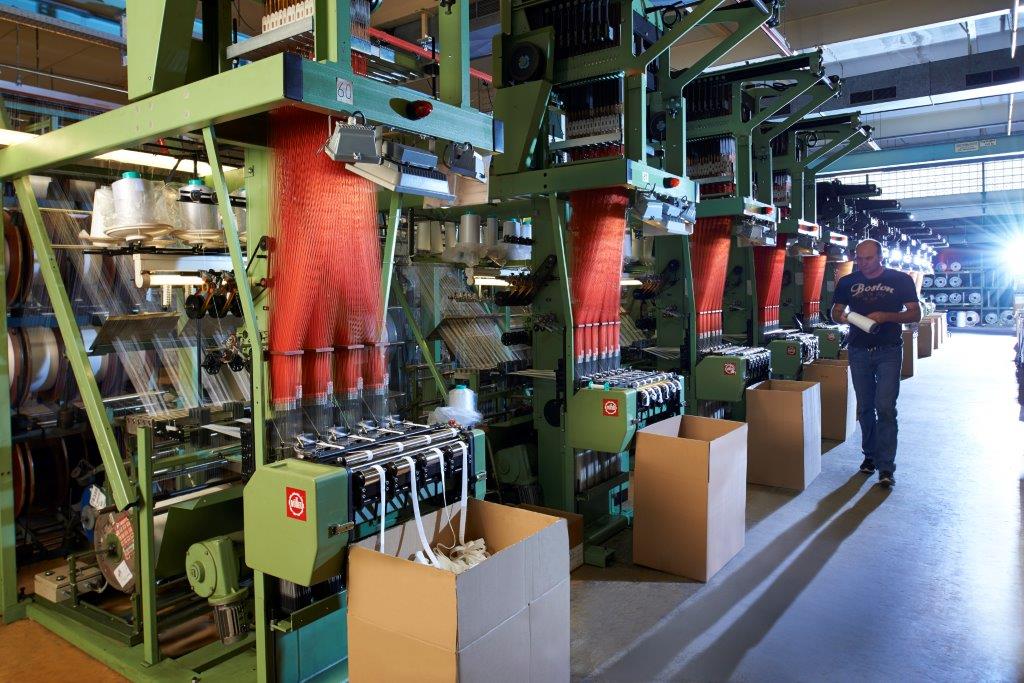German economic growth likely accelerated slightly in the second quarter from 0.3% in the first three months of the year, but the threat of a global trade war and Brexit both present risks to the outlook, the finance ministry said on Friday.
In its July monthly report, the ministry described the domestic economy as being in “robust” shape and delivering “considerable drive” to the upswing. It expected growth in the second quarter to be “slightly stronger” than in the first, Reuters reported.
“But risks remain, especially in the foreign trade environment,” the ministry said in the report. “Protectionist tendencies have increased and the risk of a global trade conflict has risen.”
It also cited the Brexit process as a risk. Brexit poses a risk as uncertainty takes its toll on businesses.
"But risks remain... Protectionist tendencies have increased and the risk of a global trade conflict has risen", the ministry said in its report.
Meanwhile, unilateral trade protectionism of the US is not a new product under the current situation, but a historical problem, said Dr. Werner Rugemer, a German publicist and consultant, in a recent written interview with Xinhuanet.
In his opinion, the United States has been the main source for unilateral trade protectionism since the Second World War, especially with non-tariff measures.
Oil Pressures Producer Prices
Oil price pressures pushed German producer prices up at the fastest pace in nine months in June, as the price of petroleum products soared.
The index of producer prices for industrial products climbed by 3% from the same month in 2017, according to data from the Federal Statistics Office, Destatis, a touch ahead of expectations for a 2.9% rise in a Thomson Reuters poll.
The annual rate of producer price growth—considered a good early indicator of inflationary pressures building in an economy as businesses begin to pass increases in costs on to consumers—was last above 3% in September 2017, when it clocked in at 3.1%.
Energy prices were up more than 6% year-on-year, driven by an almost 17% jump in the prices of petroleum products and a 7.5% increase in electricity prices.
Stripping out energy, prices were up 2% from a year earlier.
Month on month, price growth was steadier: producer prices were 0.3% higher than in May, in line with economists’ expectations.
Productivity Crisis
Throughout the 1990s and much of the 2000s, Germany was known as the sick man of Europe. Weighed down by the costs of reunification, suffocated by high taxes and labor regulations, and battered by the competitive pressures of globalization—if you could name an economic torture, Germany suffered from it. Maybe that’s why the new crisis feels less urgent than it is.
Germany’s economy today is in a state of health that usually seems unattainable for old Europe. Real growth was 2.5% last year. Exports power a trade surplus of 8% of gross domestic product. Unemployment is at a post-reunification low of 3.7%.
But those happy numbers mask what is set to become a debilitating drag on the eurozone’s largest economy. Germany is in the grip of a productivity crisis. Without a solution, stagnation will return as entitlement burdens become crushing.
Germany’s reputation for efficiency is justified but misleading. The most productive industries are exporting manufacturers, and the most productive companies are large ones. But the clear majority of companies are smaller service firms, whose productivity increasingly lags.
Productivity for manufacturers employing more than 250 people grew on average 5% a year between 2009-14, according to the Organization for Economic Cooperation and Development. But the figure was only 2% for smaller firms. In services, productivity fell 0.1% a year in large companies and 0.4% in small ones.
Any discussion of productivity requires some caveats. Labor-law reforms in 2003-05 encouraged employers to hire more workers instead of eking more production out of existing employees. This is especially likely to account for the decline in service productivity, since low-skilled service professions absorbed many of the workers pushed into the labor market by the reforms.
Lack of Investment at Home
Yet that doesn’t fully explain German productivity problems. The OECD detects a widening gap between the most productive companies and the rest. The most efficient service firms are now around 20% more productive than in 2006; but the other 95% of service companies are 20% less productive. The most productive companies should pull others up as their new technologies and methods spread through the economy. Not in Germany.
That’s because German companies aren’t investing at home. Corporate savings (outside financial industries) have increased steadily for 20 years, the International Monetary Fund noted this month, but investment is stalling relative to GDP.


